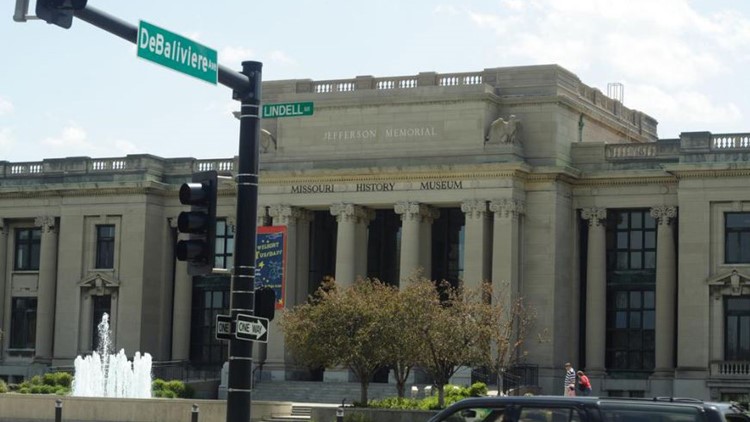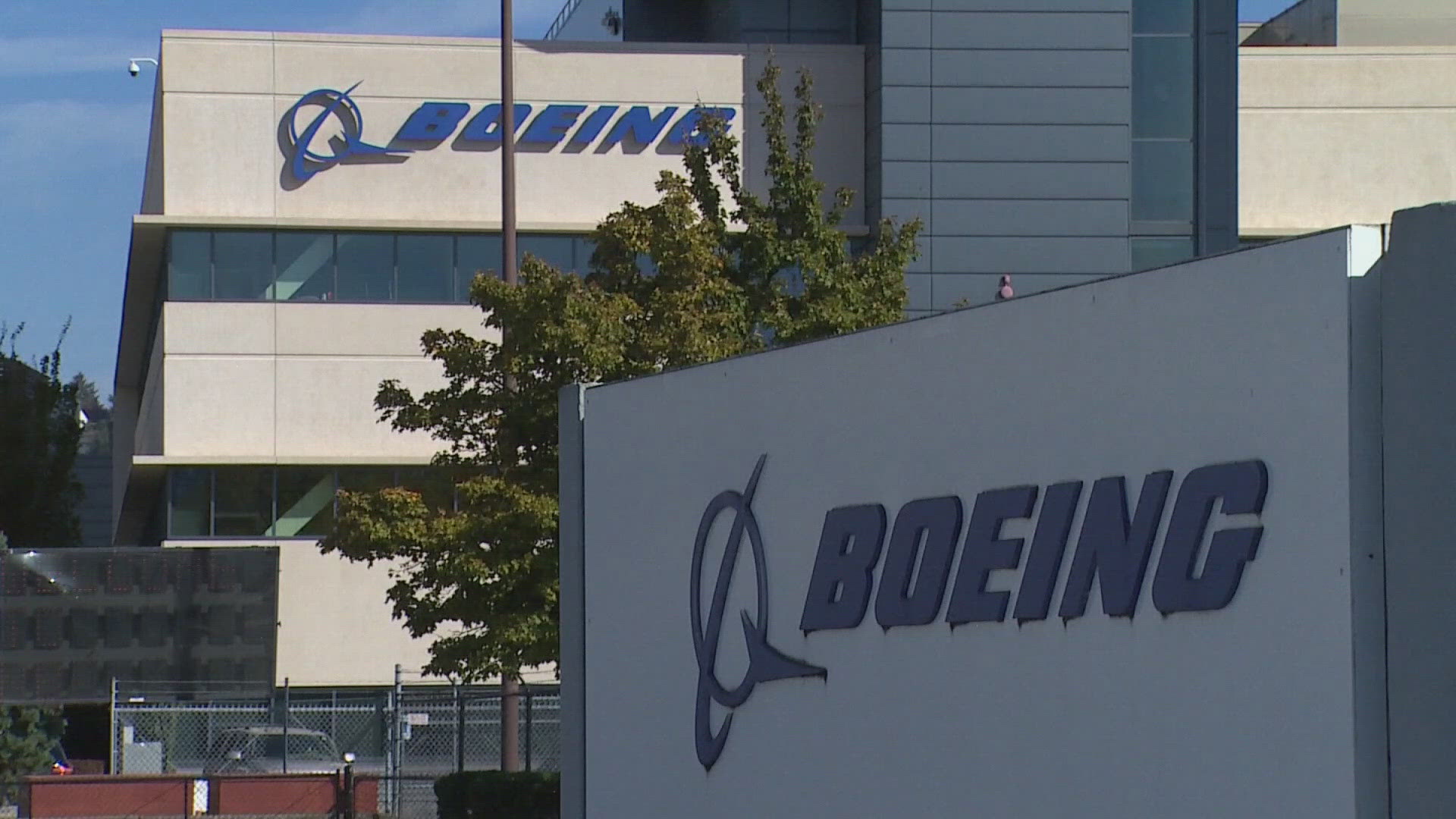ST. LOUIS — Big names in the St. Louis nonprofit world sought millions of dollars in federal pandemic relief, new records show.
The loans, from the Paycheck Protection Program as part of the CARES Act, went to large institutions such as those in the Zoo Museum District.
For example, the Missouri Historical Society, which runs the Missouri History Museum, said it got a $1.9 million loan, which prevented layoffs.
Although the museum gets more than $11 million a year from taxpayers in the city of St. Louis and St. Louis County, it said it anticipates major losses from revenue streams that make up nearly half of its operating budget. That includes endowment, membership, private rentals, catering, shop sales, tour sales and fundraising, said Leigh Walters, a spokeswoman. The museum, like much of the economy, had been closed as the pandemic took hold.
Walters said the organization employs more than 200 people, 68% of whom make $50,000 a year or less. The federal loans are forgivable so long as recipients spend 60% of the funds on payroll and meet other requirements.
The U.S. Small Business Administration on Monday released data detailing the lenders and recipients of loans from the $649 billion program. The data didn't provide specific loan amounts, but instead organized information on loan recipients by five size ranges: $150,000 to $350,000; $350,000 to $1 million; $1 million to $2 million; $2 million to $5 million; and $5 million to $10 million.
The data does not indicate whether the company ultimately used or returned the money — many companies returned their forgivable loans after deciding that they did not need them.
Another ZMD institution, the Missouri Botanical Garden, got a loan of between $2 million and $5 million, according to the SBA data.
A garden spokeswoman, Catherine Martin, said it, too, avoided layoffs by using federal funds.
"Leadership at the Garden was determined to continue to pay wages, salaries and benefits to our more than 400 valued employees, with no layoffs, no reductions in pay, and no furloughs, at all three of our operating sites, which includes the Sophia M. Sachs Butterfly House and Shaw Nature Reserve, throughout the pandemic," said Martin, who didn't immediately provide the organization's exact PPP loan amount. She said over 90% of its PPP funds were put toward payroll, with the rest going to utilities.
Click here for the full story.
More from the Business Journal
- Boeing faces fresh wave of canceled orders, aircraft delivery deferrals amid COVID-19 resurgence
- Ameren Missouri launches $500,000 COVID-19 relief fund for small businesses, nonprofits
- UMSL appoints first-ever vice chancellor for diversity, equity and inclusion
- ‘It hurts all of downtown’: With no baseball crowds, business owners navigate a lost summer
- This St. Louis firm built tech to monitor hand washing. Here's why it now sees a chance for growth.
- SLU to require face masks this fall



